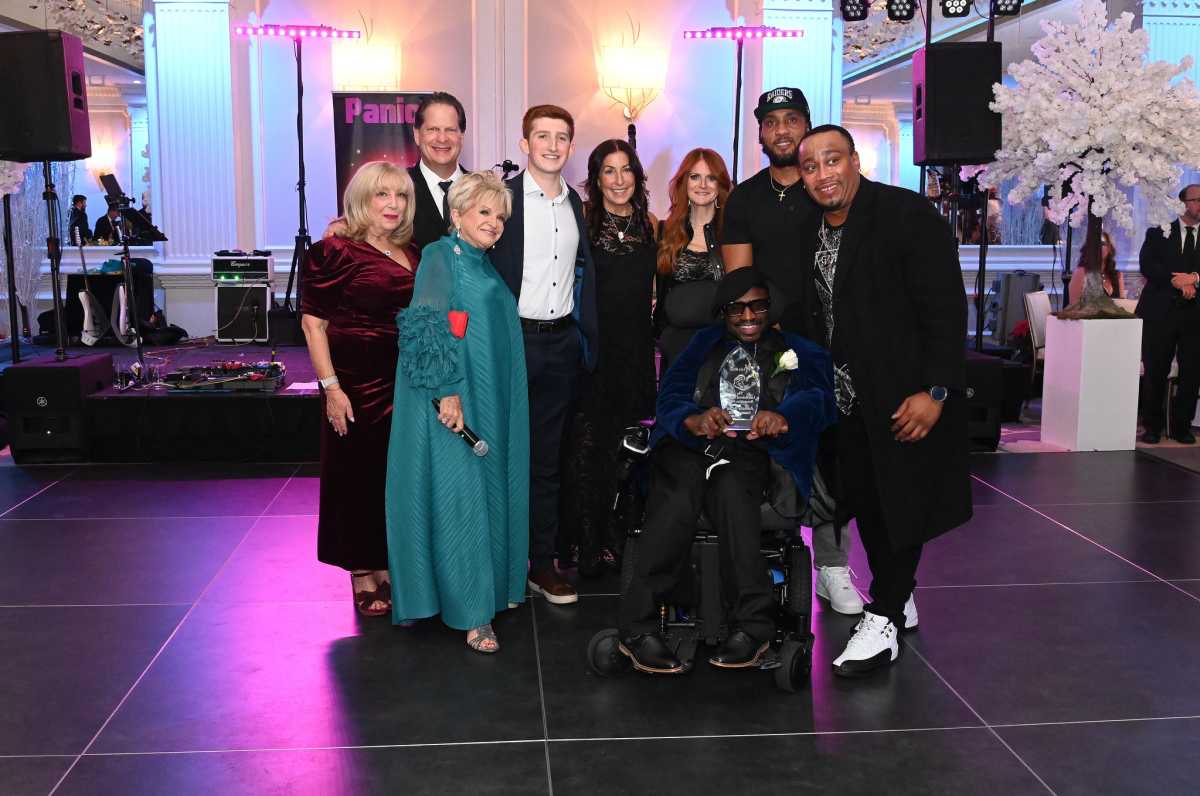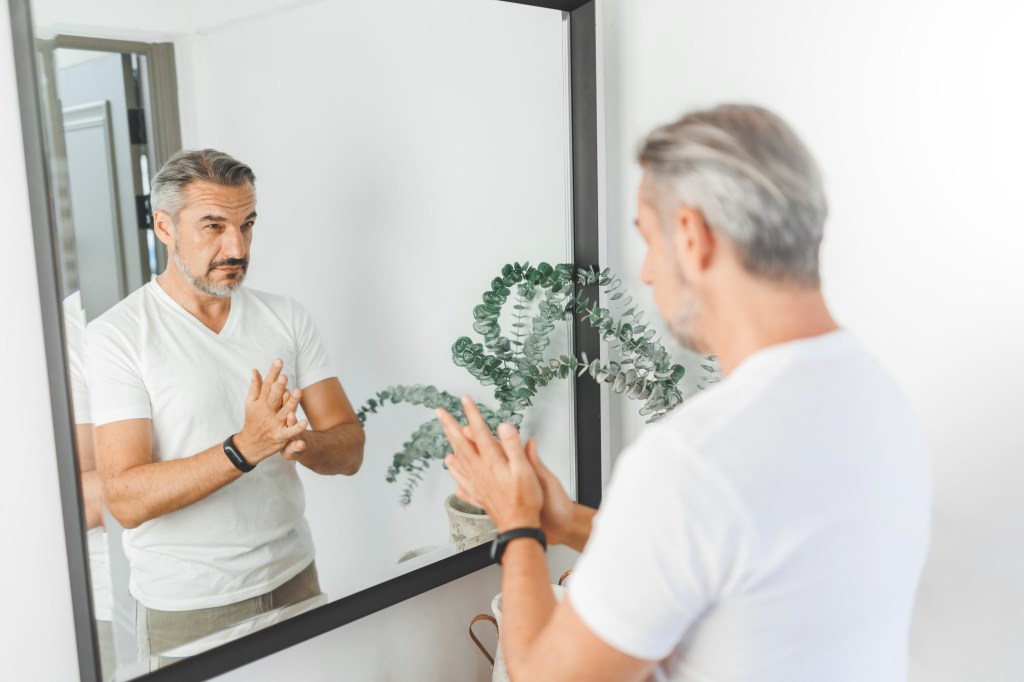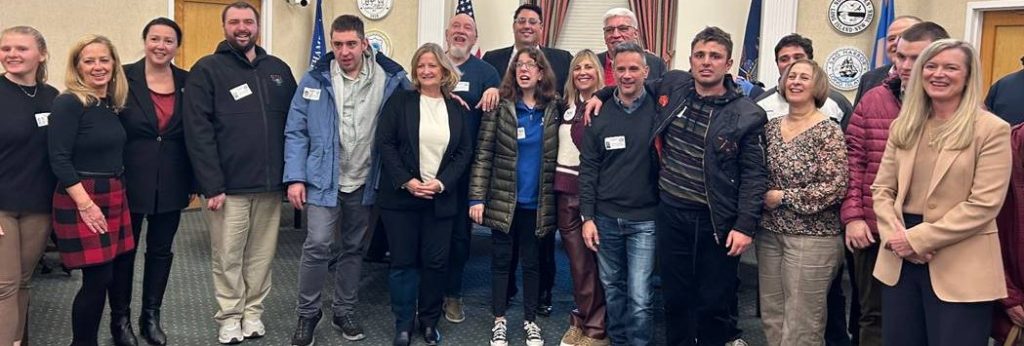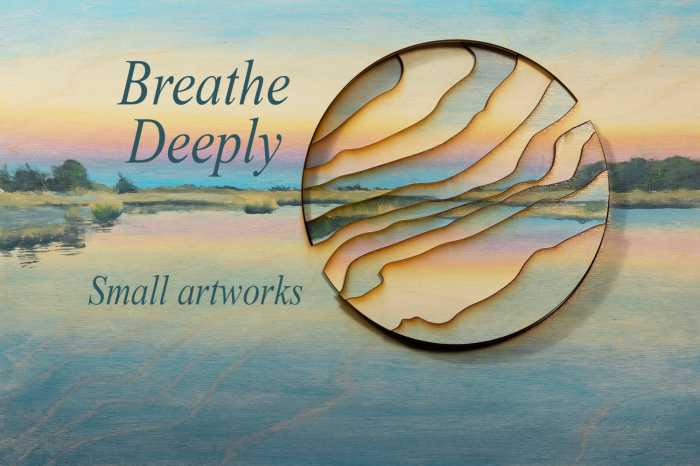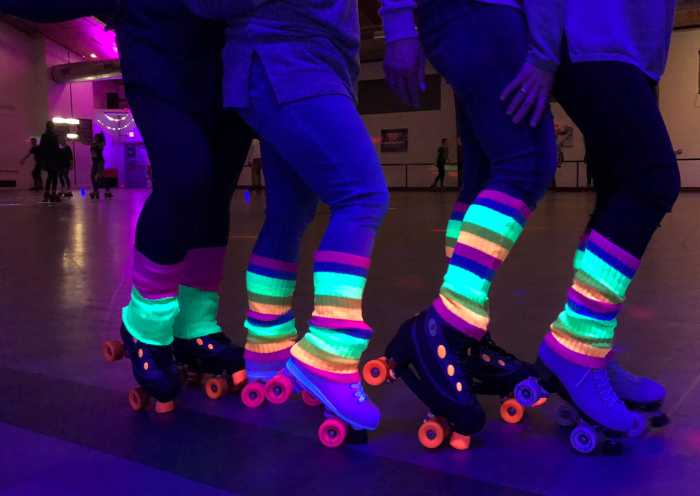Shinnecock Voices: Living with Respect & Cultural Competence
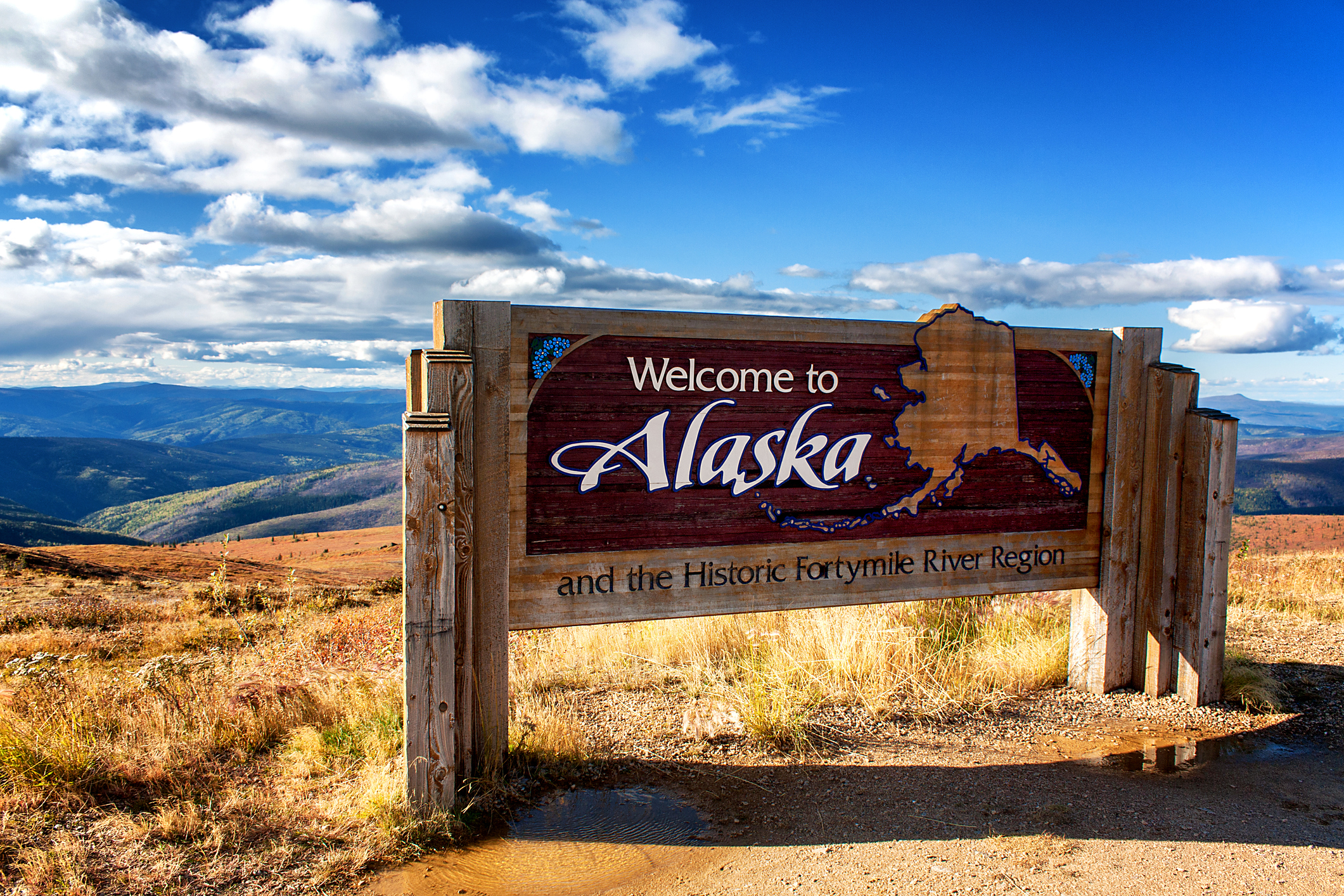
Several months ago, I sat in a coffee shop in Anchorage, Alaska, where I had traveled with my family. Though I was thousands of miles from my ancestral lands in New York on the Shinnecock Indian Reservation, I felt at home. In Anchorage, the prevalence and presence of Indigeneity is everywhere, in a way one doesn’t see in other, less remote places. Places where European colonization is much more clear, and Native peoples have assimilated more, at least on the outside.
I felt at home because the evidence of culture kept by the Dena’ina people, who are the Indigenous Athabascan people of the Anchorage area, and one of many Alaskan territories’ First Peoples, is on view when you land at the Anchorage airport. This culture and heritage is in the faces of residents, the wares for sale in local shops, the specialized boutiques selling handknit Qiviut (pronounced “kiv-ee-ute”) wool accessories made in traditional patterns at Oomingmak, the Alaskan co-operative that has been owned since 1969 by approximately 250 Native Alaskan women from remote coastal villages of Alaska.
As a person of Indigenous heritage who lives essentially between two worlds – that of the modern every day, and the other of Shinnecock culture, I think often of my family traditions even when not on the Shinnecock Reservation. Unlike most other U.S. states, except some of the Southwest, Alaska has a strong First Peoples presence. It is obvious to tourists because so much of the state’s history is baked into trips and tours.
But in the Hamptons, knowing how to respectfully observe and relate as well as honor, and engage with people of diverse cultural backgrounds, isn’t optional. If you live in or visit regions like New York or Alaska, understanding and appreciating the rich diversity of Indigenous peoples is not only ethical but essential for fostering respectful coexistence.
Native Americans, Alaska Natives, and other Indigenous peoples are not relics of history — they are vibrant, sovereign communities with living languages, laws, cultures, and contributions. But due to centuries of colonization, genocide, and erasure, many people still view Indigenous peoples through harmful stereotypes or “single stories.” Cultural competence challenges us to go deeper: to replace assumptions with awareness, stereotypes with stories, and pity with partnership.
Why cultural competence? It’s something I have thought a lot about over the past few years, as I trundled my way through a later-life master’s degree in social work. Cultural competence allows a person to move in the world with a multi-modal understanding of and respect for communities different from our own. Sitting in Alaska, even having studied the granular lessons of empathy, active listening, I realized there was still much to learn. In my graduate work, there were case studies to read and research papers on cultural competence to write – and so, I wrote about Indigenous public health challenges that affect many in our Indigenous communities.
With all the recent changes to national administration and historical best practices of most of the federal agencies, it is especially important to practice cultural competence in our daily life, as we watch vital programs disappear. And it is becoming increasingly difficult to educate those ignorant of the differences between Indigenous peoples when a myriad of education grants and other funds are being cut.
Indeed, Northeast tribes like the Shinncock are quite different from Alaska Indigenous peoples, and region to region, tribes have distinct languages, governance, and customs. From the Algonquin tribes of the Eastern U.S. – like Shinnecock, Lenape (Delaware), and Abenaki – to tribes of the Pacific Northwest in Alaska – such as Tlingit, Haida, and Salish – we are still here. And when you travel, as I did, it’s important to keep cultural differences in front of mind. Cultural competence is a lifelong process. It means standing in solidarity against erasure, learning history from Indigenous voices, and practicing respect in everyday choices — from how we speak to how we vote.
Want to know if you’re Culturally Competent? Cultural competence requires more than curiosity; it demands commitment to humility, accountability, and relationship-building.
Be Humble as you Learn.
Begin by acknowledging what you don’t know—and seek out Indigenous-led sources. Whether you’re learning about the Haudenosaunee Confederacy in upstate New York or the Dena’ina people in Anchorage, approach with humility and openness.
Avoid Geographic Stereotypes
Not all tribes use sweat lodges. Not all wear feathers or live on reservations. Teepees are a historical dwelling, but we all live in houses these days. Cultural practices vary widely; one size does not fit all. Learn the name and history of the specific nation whose land you live on or visit.
Honor Protocols and Sacred Traditions
Some songs, stories, and ceremonies are not meant for public sharing. Cultural competence means knowing when not to ask, record, or replicate. Respect boundaries and privacy, especially about spirituality and mourning practices.
Support Indigenous Sovereignty
Cultural competence also includes political awareness. Tribes are sovereign nations with our own governments and laws. Supporting Indigenous sovereignty means recognizing treaty rights, land back movements, and the right to self-determination.
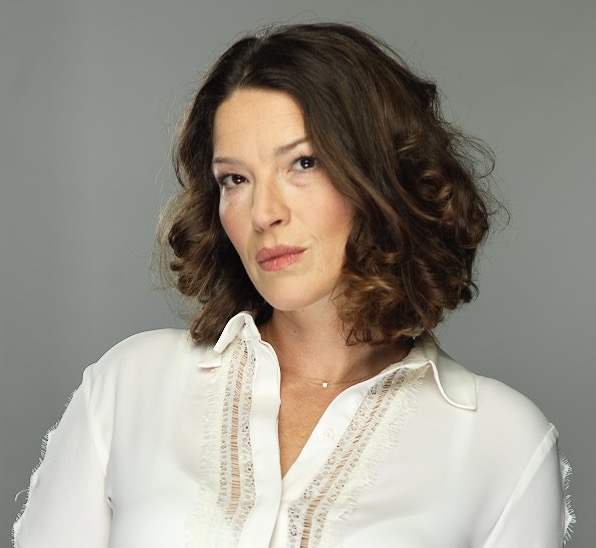
“Shinnecock Voices” is a monthly column in which citizens of the Shinnecock Nation share stories and opinions and discuss the projects and campaigns they’re working on, to allow readers an inside view into their incredible community.
